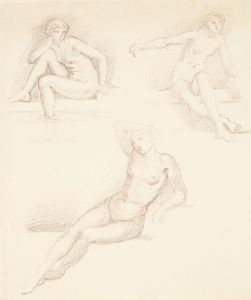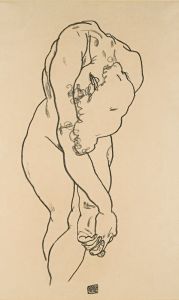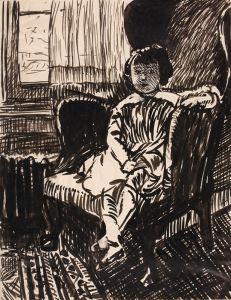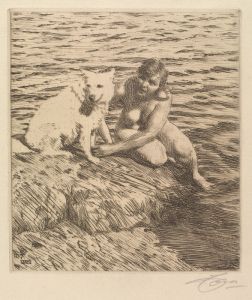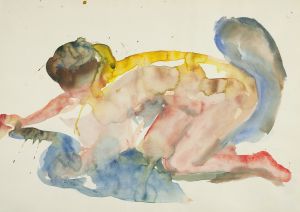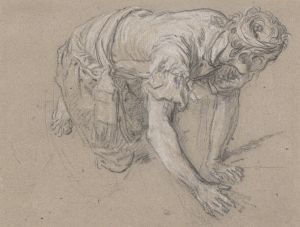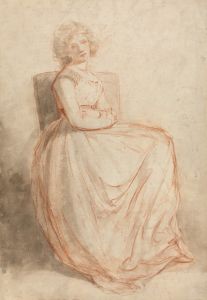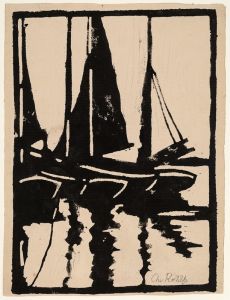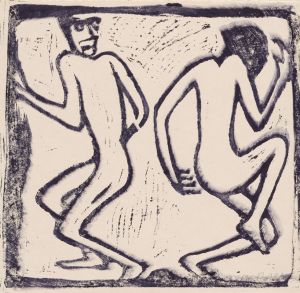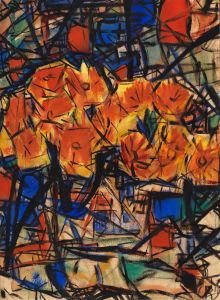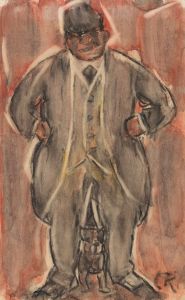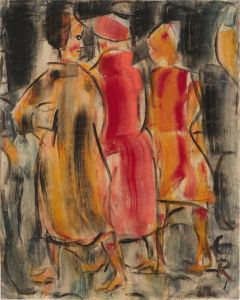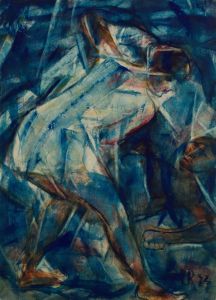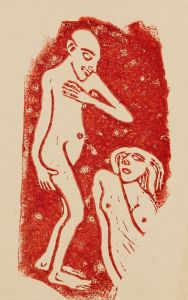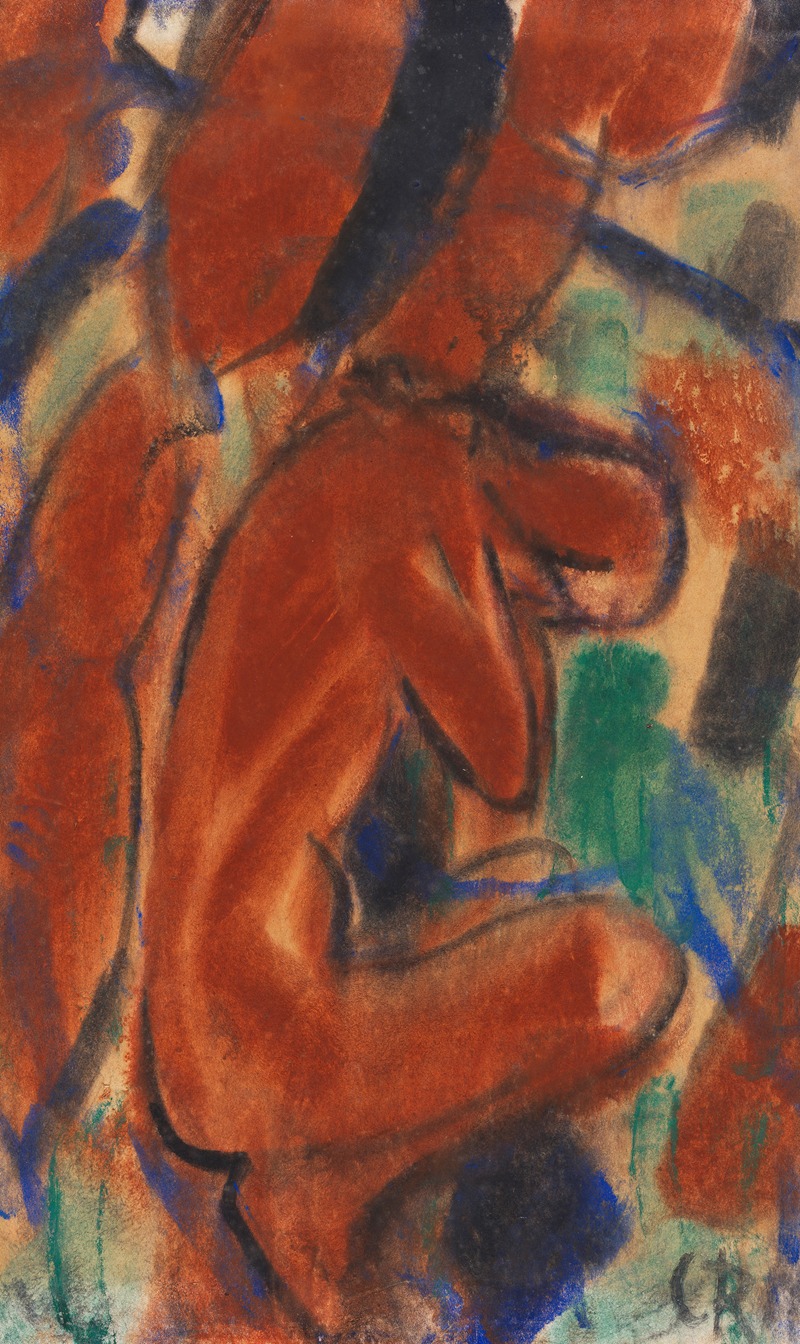
Akt, hockende Frau
A hand-painted replica of Christian Rohlfs’s masterpiece Akt, hockende Frau, meticulously crafted by professional artists to capture the true essence of the original. Each piece is created with museum-quality canvas and rare mineral pigments, carefully painted by experienced artists with delicate brushstrokes and rich, layered colors to perfectly recreate the texture of the original artwork. Unlike machine-printed reproductions, this hand-painted version brings the painting to life, infused with the artist’s emotions and skill in every stroke. Whether for personal collection or home decoration, it instantly elevates the artistic atmosphere of any space.
Akt, hockende Frau (Nude, Crouching Woman) is a painting by the German expressionist artist Christian Rohlfs. Born on December 22, 1849, in Groß Niendorf, Rohlfs is recognized as one of the prominent figures in German expressionism. His work spans various styles and techniques, reflecting the evolution of modern art in the late 19th and early 20th centuries.
Christian Rohlfs began his artistic education at the Weimar Academy of Arts, where he initially focused on landscape painting. However, his style underwent significant transformations over the years, influenced by various movements and his personal experiences. By the early 20th century, Rohlfs had embraced expressionism, characterized by bold colors, dynamic compositions, and emotional intensity.
Akt, hockende Frau, created around 1920, is a testament to Rohlfs' mature expressionist style. The painting depicts a nude woman in a crouching position, rendered with a sense of immediacy and raw emotion. The use of color and form in this work exemplifies Rohlfs' ability to convey psychological depth and human vulnerability. The figure's posture and the surrounding space create a sense of introspection and tension, inviting viewers to engage with the subject on an emotional level.
Rohlfs' technique in Akt, hockende Frau involves the use of strong, expressive brushstrokes and a vibrant color palette. The painting's composition is marked by a dynamic interplay of light and shadow, enhancing the three-dimensionality of the figure. This approach reflects Rohlfs' interest in capturing the essence of his subjects rather than adhering to realistic representation.
Throughout his career, Rohlfs was associated with several influential art movements and groups. He was a member of the Berlin Secession, an avant-garde group that broke away from the traditional art establishment in Germany. His work was also exhibited alongside other expressionist artists, contributing to the broader development of the movement.
Despite his contributions to modern art, Rohlfs faced significant challenges during his lifetime. The rise of the Nazi regime in Germany had a profound impact on his career. In 1937, his works were labeled as "degenerate art" by the Nazis, and many of his paintings were confiscated from museums and galleries. This period of persecution marked a difficult chapter in Rohlfs' life, but his artistic legacy endured.
Christian Rohlfs continued to paint until his death on January 8, 1938, in Hagen, Germany. His work, including Akt, hockende Frau, remains an important part of the expressionist canon, celebrated for its emotional depth and innovative use of color and form. Today, Rohlfs' paintings are held in various public and private collections, serving as a testament to his enduring influence on modern art.





